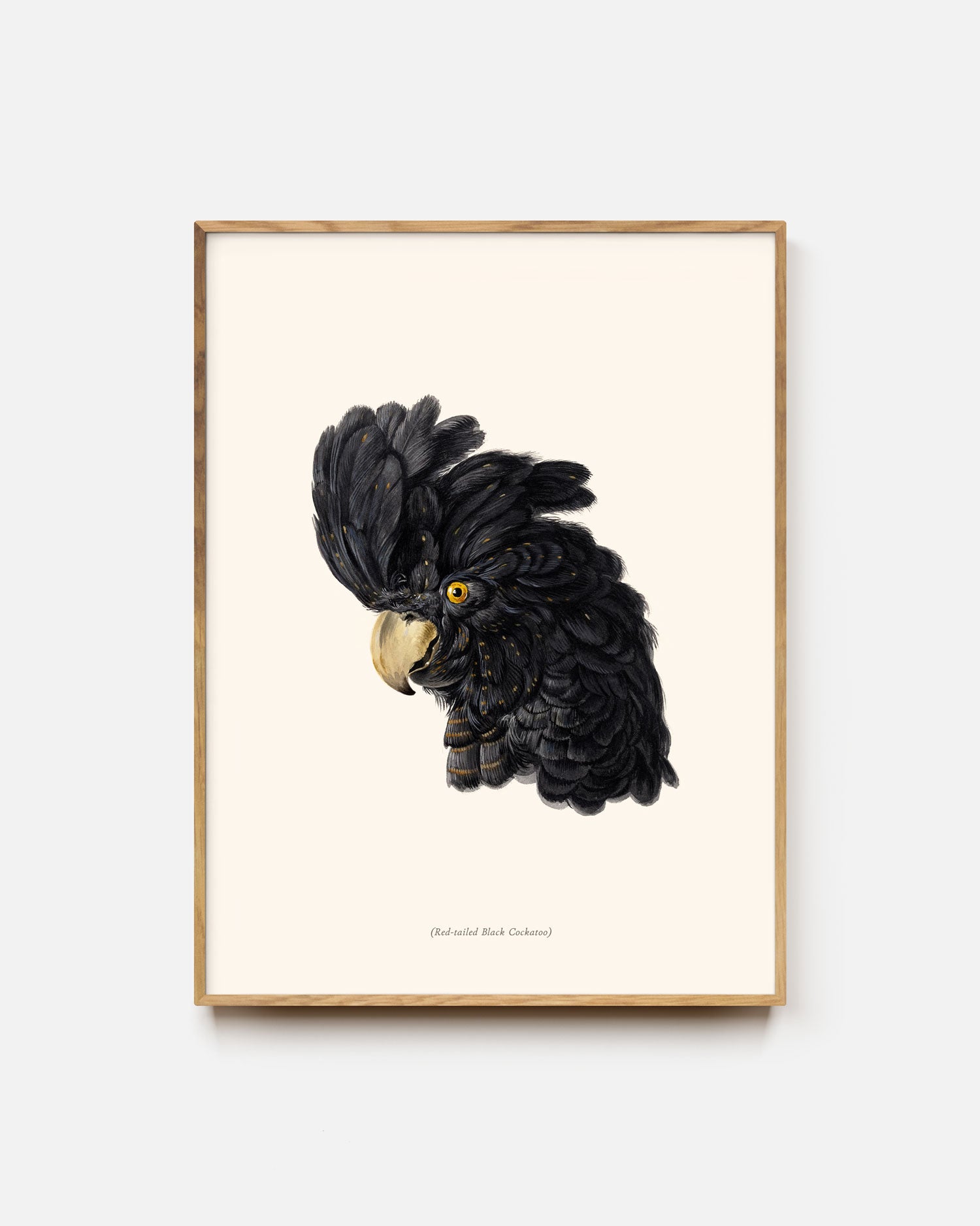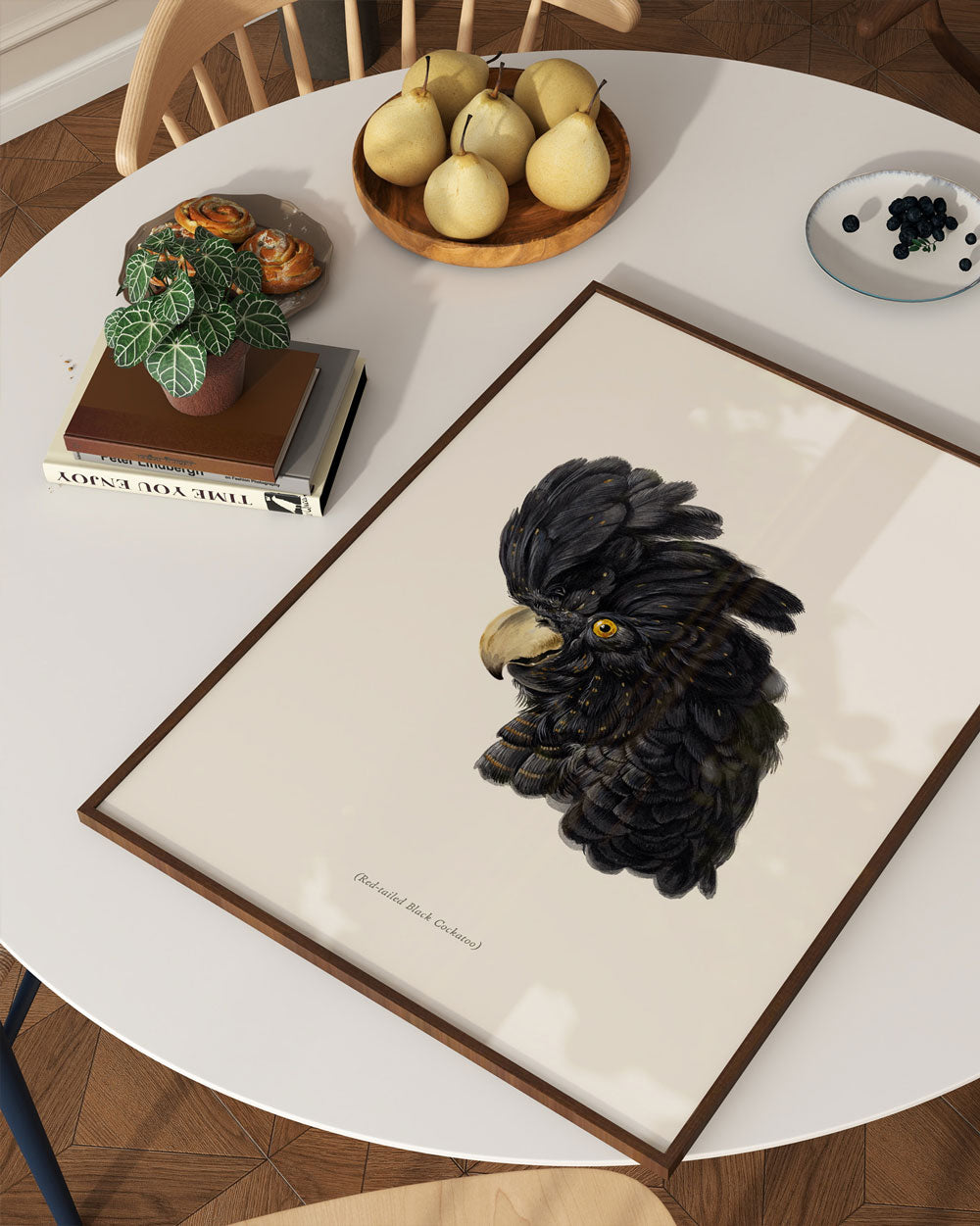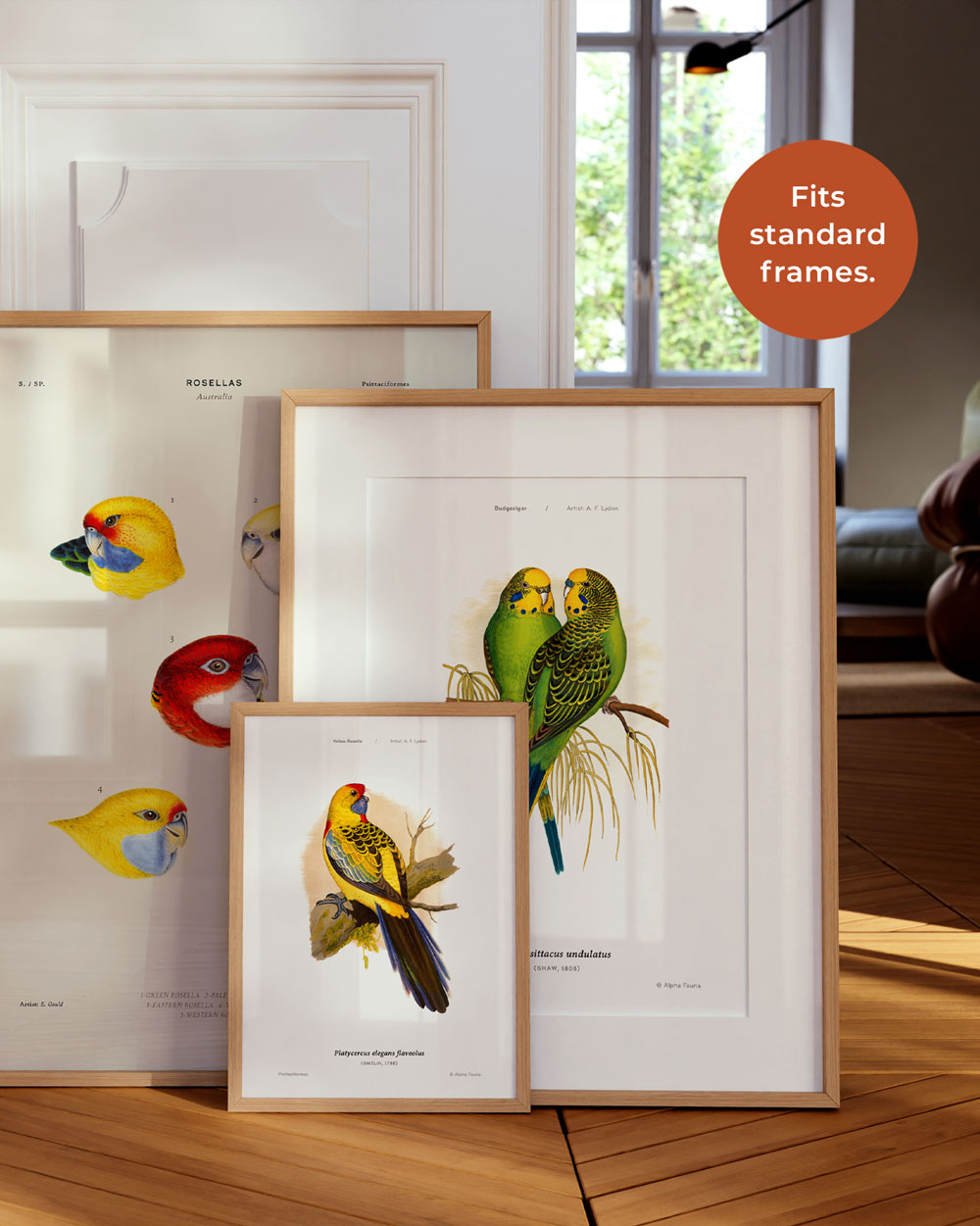The mat is a piece of card that separates the picture from the frame and glass. Do you need one? Well it depends.
For original and valuable works on paper like paintings, drawings, or even limited edition prints that’s numbered or signed, matting is essential to protect and preserve the artwork by physically separating it from the glass. It may be best to talk to a framer to get professional advice for works of this nature.
Matting is also used to highlight and accentuate the art in the frame - a little extra oomph if you will. It really comes down to a matter of taste, but most prints look good with a mat. However, there are some exceptions. Large photography prints look spectacular without a mat - the image is enough to carry the work. We also find that a selection of prints, meant to be read as a series or one piece, works better without matting.

Types of mats
To choose the right mat board, you should first decide how long you want the final product to last. You can choose from 3 general types: decorative, conservation, or museum grade. Here’s a brief overview of each.
1. Decorative - You can think of this as your entry level mat board. It’s best for everyday projects like certificates or lab printed photographs. It has a life expectancy of 5-25 years.
2. Conservation grade - These are perfect for fine art prints or other specialty papers without a hefty price tag. You can expect to get 50-150 years out of these boards.
3. Museum grade - This is the gold standard if you have something very special in mind. Museum grade mat boards are usually made from 100% cotton rag fibers. It’s hard to put an accurate number on this, but let’s just say under the right conditions it will last an awfully long time.
A good rule of thumb is to look for mat board that is acid free. This will keep your mat from fading or becoming discolored over time.













































